Why you shouldn’t exercise like you did in your 20’s")
Exercise and physical activity is crucial for women of all ages, but more so during the midlife transition. It helps combat alot of the symptoms associated with menopause, including insomnia, cognitive impairments, weight gain, loss of muscle and bone mass, and pain. However, there is so much information out there on what to do for exercise! It can be really confusing at times to know exactly what to do for the stage that you’re in.
Some of the common misconceptions include:
Do low-impact activities like swimming and biking to help protect your joints
Do high-intensity cardio to lose weight
Don’t strength train otherwise you may bulk up
For women in this stage, it is important to incorporate different aspects into an exercise routine. These include: cardiovascular, strength training, balance and core strength, and flexibility and posture.
Cardio - keeps your heart strong to combat the increased risk for cardiovascular disease. It also helps control cholesterol and blood pressure. At this stage, you want to do moderate cardiovascular training to the point that it is getting difficult to maintain a conversation. If you go too intense, it can increase vasomotor symptoms like hot flashes
Strength Training - this is the best way to keep your bones strong and build muscle mass. Women have a very difficult time “bulking” since we do not have much of the testosterone hormone so don’t let this scare you away from weights. Resistance training is important to also combat weight gain during this stage. Performing low impact activities like swimming and biking only will not strengthen your bones since there are no forces to do so. That being said, avoiding plyometric (jumping) activities can help protect your joints and also make sure that you are not overdoing the intensity. This could lead to more muscle breakdown, which is not ideal!
Balance & Core Strength - as we get older, our balance gets worse unless you train it. Incorporating some exercises into your routine that challenge your balance will be good at keeping you steady long term. It also challenges your core which is vital in avoiding pelvic floor dysfunctions and low back pain.
Flexibility & Posture - maintaining good mobility also helps you avoid injuries long term since most injuries stem from years of poor posture or tight muscles. Taking a few minutes after your exercise routine to focus on these areas can keep you moving and limber!

